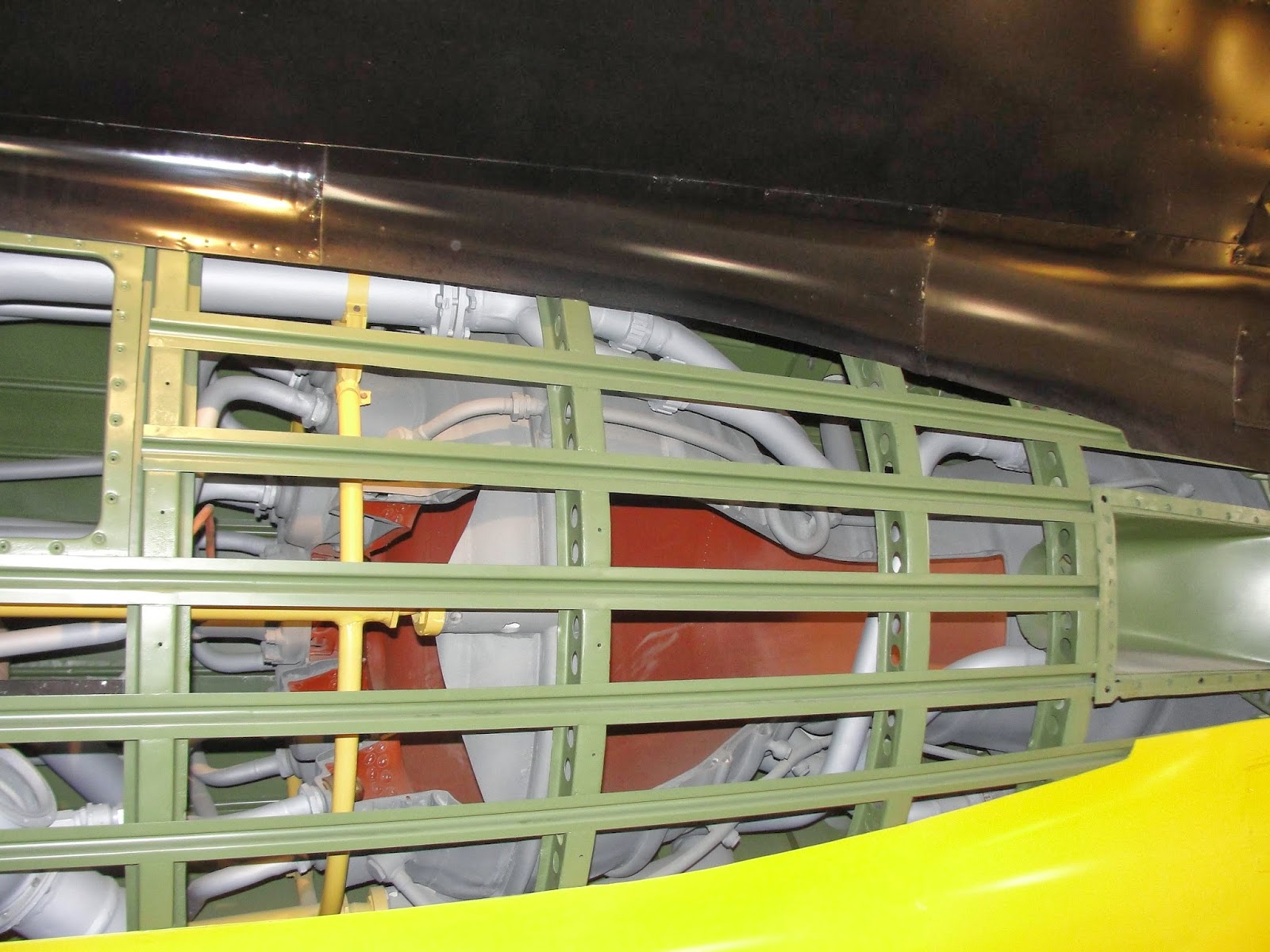On Tuesday we left the Roswell area for points further west. The highway out of town is pretty desolate with very little traffic and many stretches without a single house is sight.

Washington DC traffic was never like this.
US-70 is initially flat, steadily climbs to higher altitude after Hondo reaching some 4500ft on the maountain pass near Riudoso. We watched the temperature go from a comfortable 75 to a cool 50. On the sometimes 6% grade out of the pass the temperature again rose into the 70's.
It was a short 2 hour drive to our stop at Holloman Air Force Base. We were able to get one of two remaining gravel parking spots. Although somewhat dusty the campground has full 50amp hook-ups and a nice strong Verizon signal at the unbeatable price of $90/week.
We're staying at Holloman for a full week to re-supply at the commissary; send & receive some Fedex packages; and to let the mail catchup to us.
After relaxing for a day, we visited nearby White Sands National Monument. Looks like March snow in southern New Mexico. Not! Daytime temps continue to be a very comfortable 70-78 degrees.
The White Sands Monument is basically and area of several square miles carved out of the middle of the 330,000 acre White Sands Missile Test Range. Although appearing to be an extremely Saharah-like dry desert, there is actually plenty of water only a few inches below the surface in the low areas. What little run-off the sands received from the surrounding mountains has no where to go. Rain pools in the low areas and simply soaks into the ground.
There is a surprising amount of wildlife living in this environment: bird, lizards, snakes, and coyotes. We saw several small lizards and a few birds. I did not get pictures except for these road runner tracks.
The dunes are great places for hiking and for sliding on round sleds. I managed to climb one of the dunes next to the road. The climb was exceedingly difficult due to the very loose sand. It's hard for a someone in their mid- sixties to understand how kids have enough energy to repeatedly scamper up the same dune.
Like many of the monuments and parks we have visited, it is difficult to understand the scale by seeing a picture. The photo below was taken from the top of dune I was climbing in the earlier picture.
The sands are not the product of eroded quartz like Florida's white sands. Nor are they the eroded sandstone common to other desert areas. The white sands are gains of gypsum eroded from the selinite crystals. Common drywall board is powdered gypsum sandwiched between two layers of cardboard. Unlike powdered wallboard, the white sands sparkle with the crystaline particles.
On a short hike through the dunes even Ina found the energy to ascend one of the dunes.
On our hike we discovered that the windward side of the dunes have a nice hard packed crust which can be easily traversed while the leeward side has the very loose sand which is difficult to walk on.
Again here is a photo which illustrates the scale of the dunes. Note the three hikers in the middle of the picture.
After our visit at the monument, we decided to make the 30 mile drive to the Army post at White Sands Missile Range. The Army post is quite picturesque with the facilities located at the foot of the Organ Mountains.
One the places I had wanted to visit was ground zero for first atomic test - Trinity blast. The site, which is part of the White Sands Range is about 70 miles north of Alamogordo. However, it is only open to the public once per year (due to "budget cuts"). There is a small Trinity exhibit in the White Sands Missile Museum. The metal post (above) was used to anchor a barrage balloon some 450 feet from the blast ground zero.
This photo includes the leaders of the Manhattan project (Dr. Openheimer and others) standing at the only thing remaining of the tower the bomb was mounted on. The same concrete stump still can be seen at ground zero.
The museum also included these relics from cold war era public fallout shelters.
In a separate building is a fully restored V-2 rocket. The V-2 was the first successful American missile.
Actually the V-2 which was designed by a team of former Nazi scientists led by Werner Von Braun and was mainly a copy of the Nazi V-1 missile.
The photo below is of the first successful test of the a V-2.
The museum also included quite an extensive collection of missiles covering the history of the various military missile programs.
Here is a Patriot missile launcher (of Desert Storm fame). Note the caution sign to watch for rattle snakes. We didn't see any.
Many of the missile were familiar to me, but I had never before been able to see them close-up.
Finally there were quite a few cacti many in bloom. I believe these yellow fruts are actually edible. Experts please correct me if I'm mistaken.


























No comments:
Post a Comment
Suggestions/comments:
Comments will appear on the blog after I've approved them. This, unfortunately, is a necessity to prevent spammers.